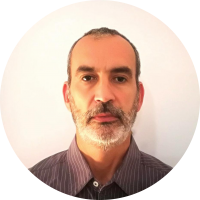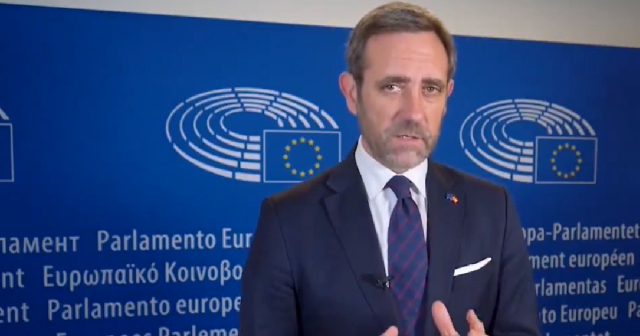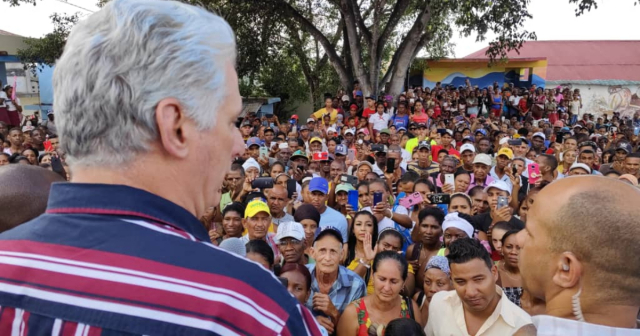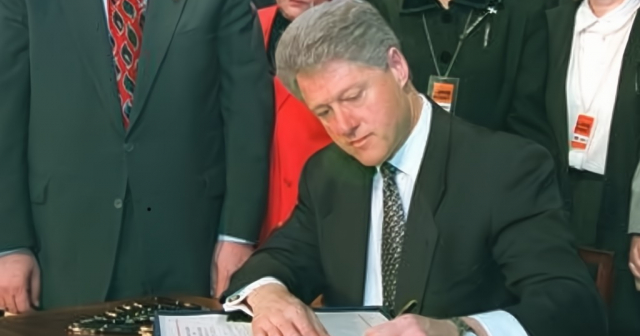The governorMiguel Diaz-Canel boasted on his social networks about being popular and loved in Santiago de Cuba, a city that on Sunday, March 17(17M) experienced a historic protest, and for which the typical “mass bath” of the Cuban totalitarian regime took place.
“I share images of Cuba with the people in the streets. They were taken by our Communication Team in Santiago. “We can provide them, free of charge, to the media and platforms that on Sunday 3/17 seemed very concerned about the Cuban people,” said the first secretary of the Cuban Government sarcastically.Communist Party of Cuba (PCC).
The Palace spokespersons are very concerned about counteracting the bad image of the ruler appointed by the dictatorRaul Castro, putting the state media (under control of the PCC and the only legal ones in Cuba), and legions of the so-called “cyberclarias” to work based onproject an image of “closeness to the people” of the leader of “continuity”.
After more than 60 years of repeating a classic strategy of totalitarian regimes and withoutfreedom of the press andexpression, in the Palace they believe that this can work and convince Cubans that the so-called “revolution” continues to be a project supported by the majority andled by humble people, drawn from the people and empathetic with their sufferings and concerns. That doesn't work anymore.
“From the Presidency we will continue to strengthen communication with the people, but we will never abandon direct contact,” said the president on his X account (formerly Twitter), sharing photos of popular receptions in Guantánamo and Santiago de Cuba, and of the “very special affection , which energizes and multiplies the commitment” that the congregants expressed to him.
One more time,CyberCubareflects the words of Díaz-Canel and his points of view on the Cuban reality, no matter how far they are from those that define his editorial line, openly critical of the prevailing sociopolitical system in Cuba.
Having done this, and taking into account that the illegitimate ruler offered the images of his “mass bath” to the independent media,CyberCuba asks theofficial media Instead, they should publish the images of the protests that occurred in Santiago de Cuba, El Cobre, Bayamo and Cárdenas.
If the press at the service of the totalitarian regime does not have the images and videos of what happened on 17N,CyberCubaThey are gladly provided for publication.
And, taking advantage of the “dialogue” opened by Díaz-Canel with theindependent press, the ruler is urged not to spend the country's scarce resources on security operations andpropaganda like the one deployed for their “mass baths”, and thatgo to the protest centers on the spot, and not after their henchmen deploy the repressive and manipulation apparatus with which they intend to continue deceiving and exercising violence to remain in power.
What do you think?
SEE COMMENTS (2)Filed in:






